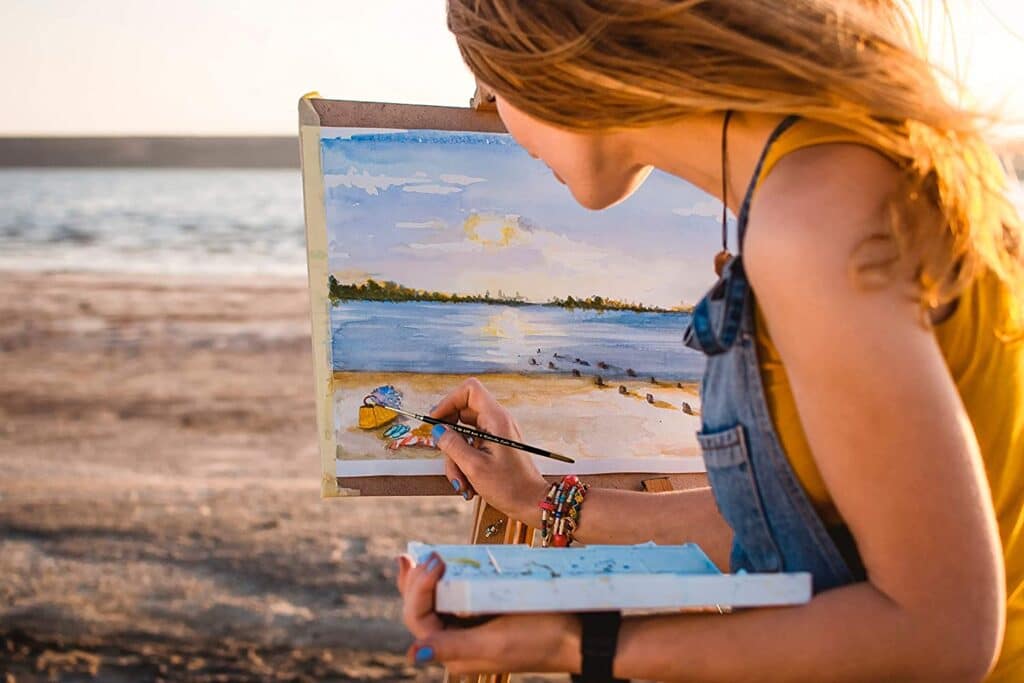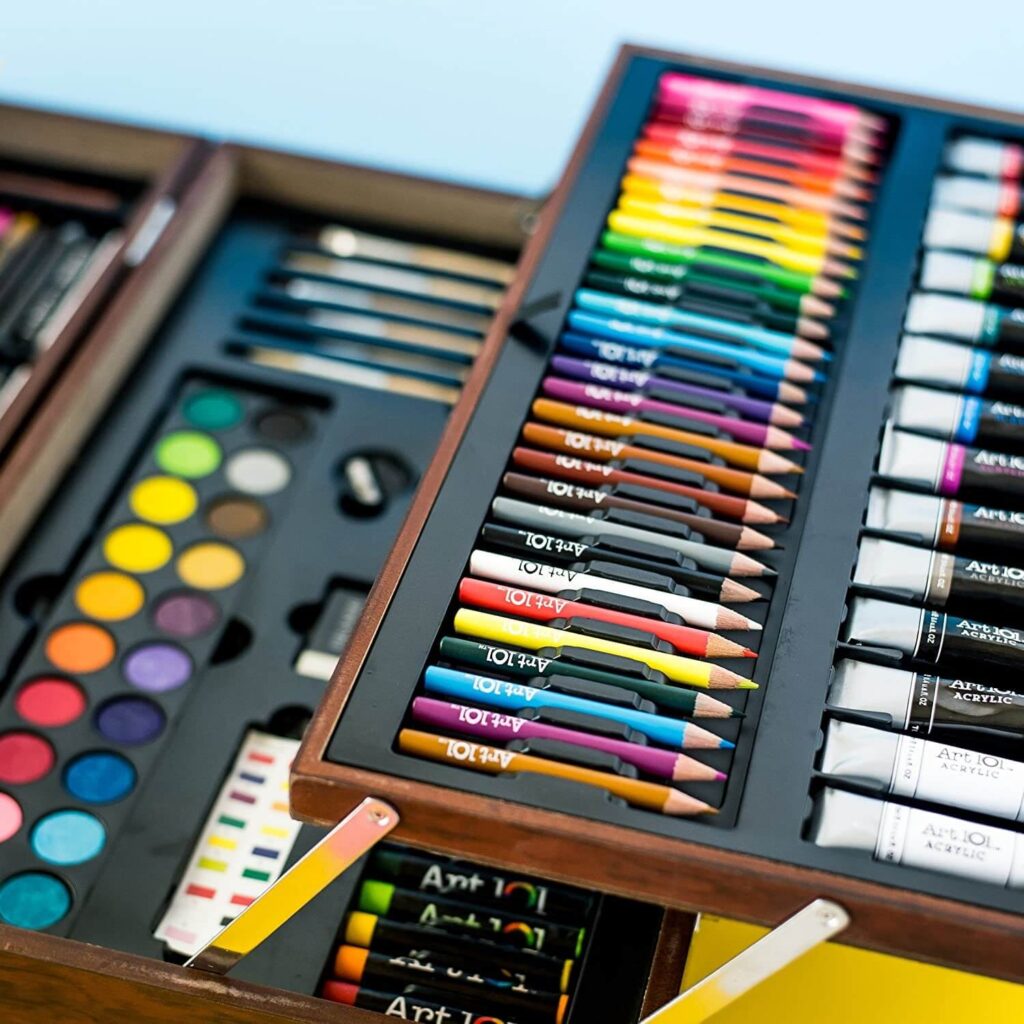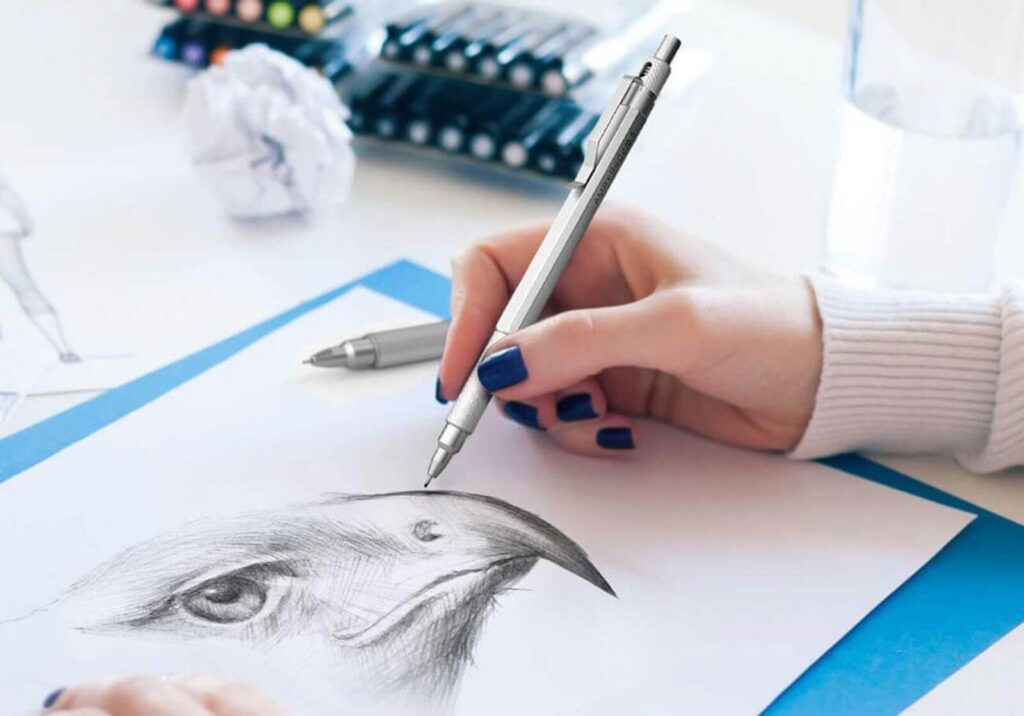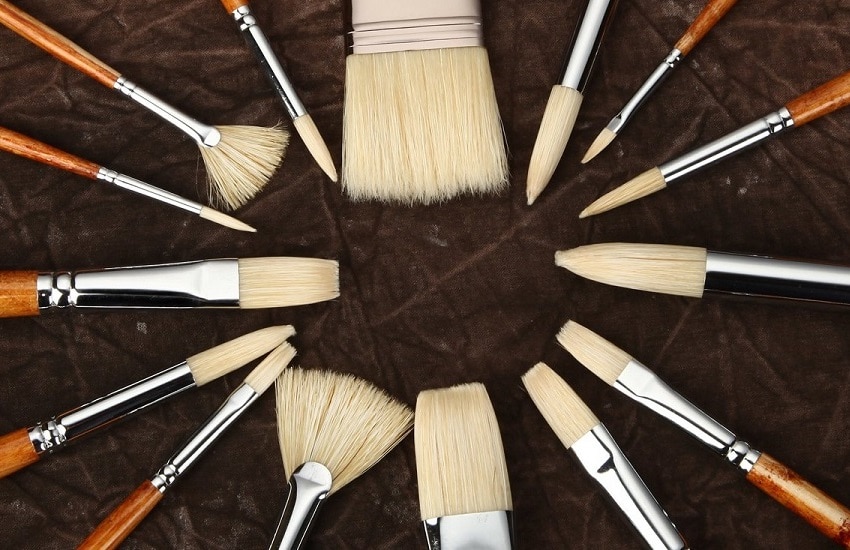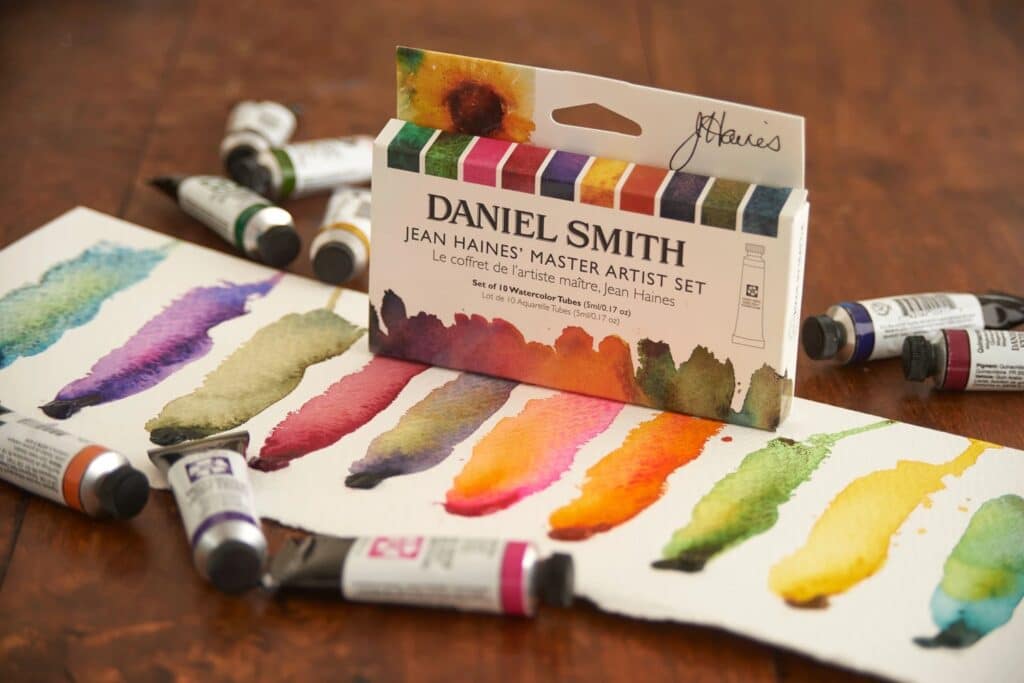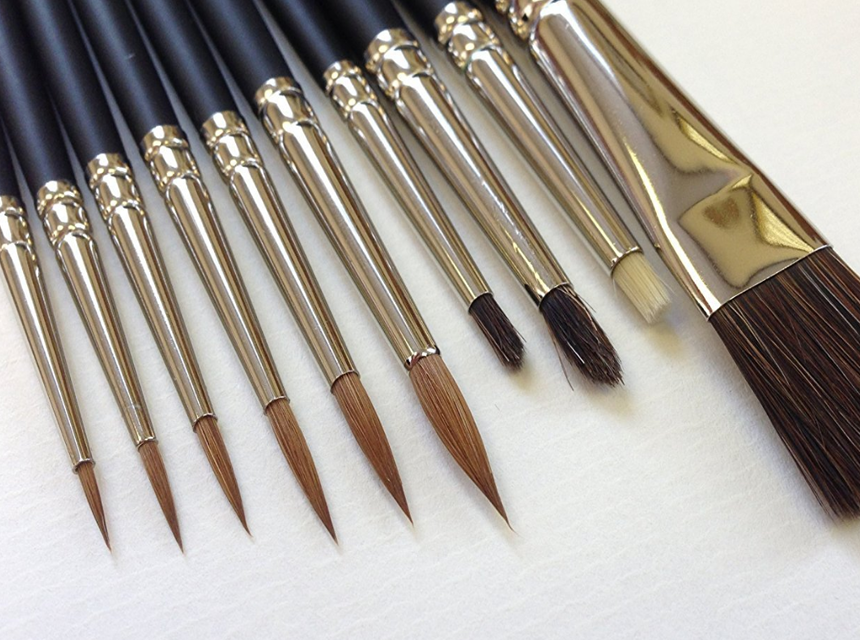

Are you exploring the techniques on how to draw underwater scenes? The underwater world can be enchanting and many artists strive to capture the essence of this scenery. Rich colors, fascinating shapes and patterns, and lighting are all aspects every artist tries to capture when drawing an underwater scene.
Similar to any other drawing, you need to consider light, depth, and composition of your aquatic scene. What plant and animal life will you need to paint into your scenery? When drawing, you’ll also need to gather all the right equipment and prepare your workplace.
Read on to find out more about drawing and painting underwater scenes. We’ll take you through the basics, creating a pencil drawing, how to use watercolor paints, and the benefits of acrylic paints. We’ll also talk about using digital art software programs for drawing your underwater scene.
Texture, colors, and how a light is portrayed in the scene are all the basics an artist needs to capture when creating a believable underwater scenery on paper.
Shadows, space, and contrast will also give your drawing more interest while turning it into a three-dimensional illusion. Mastering the different depths and space on paper are basic techniques used to separate the foreground from the background, bringing your painting alive.
If your choice of drawing is an underwater scene you may not be at the ocean or near a river.
Artists often use a reference image to give them ideas and take in all the finer details you would normally miss if working without the real thing in front of you.
When looking for scenery and creatures search for reference on the following sites:
Remember! You’re using these images as reference and not to copy directly to create your own artwork.
Start by making a list of all the objects you want to include in your drawing.
Before you start to sketch on good quality paper consider the composition of your drawing. Draw a number of smaller compositional sketches on a separate piece of paper. This is a good way to get your creative juices flowing while coming up with new ideas.
When you’re ready to start drawing, start with sketching a line across the bottom of the paper. This will be the beginning of your seabed. Consider how much space it should take up on your paper.
Once the seabed is drawn, add other sea life such as seaweed and corals. Having these in place will allow you to place the sea creatures among the plants.
You can now start placing the different underwater creatures into your drawing. These could include creatures such as:
These creatures can be drawn using faint lines as you decide where to place them in your picture. Start with basic shapes without going into too much detail. When you’re happy with the placement of all the creatures, you can start adding more detail such as patterns on the different fish.
Using depth effectively in your drawing will change your picture from a two-dimensional illusion to a three-dimensional scene. Techniques such as creating light and dark components in your composition help to create the illusion of space.
This can be done by using the side of your pencil and shading in different grades throughout the drawing. You could also place smaller creatures in the background while drawing larger creatures in the foreground.
Always start composing your drawing with a pencil. This allows you to experiment with the composition, depth, and spacing of your picture. Using a pencil also means you can erase any part that doesn’t look right.
Colored pencils give you another medium to work with and are a wonderful way of capturing your underwater scenery on paper. Mechanical pencils are another tool you can use for pencil drawing. The best mechanical pencils give you more accurate lines while being erasable if something goes wrong.
Drawing pencils give you more precision when you need it by creating stronger or softer lines. You can also use them to shade and blend your illustration. A broad range of pencils such as the Derwent Graphic Drawing Pencils gives you the freedom to create the image you want when drawing underwater scenes.
Reviews indicate that the Caran d’Ache Luminance 690 set gives you a range of colors to work with when drawing in this medium. You can layer and blend your composition easily, giving more depth, texture, and color to your drawing.
Use these techniques to up your skills when drawing with pencils:
Beautiful effects can be created with watercolor paints and you can experiment with different colors and strokes. You can create a transparent or textured underwater drawing.
A good set of drawing pencils is needed and paint brushes. Sable and goat hair paint brushes are favored by many artists but soft nylon brushes are also popular.
Watercolor paper is specifically designed for this medium with its absorbent layers preventing the paper from buckling when painted on. The Fabriano Artistico paper works well for watercolor artists as it handles a lot of water.
You can choose between tube or cake (pan) forms of watercolor paints. The Winsor & Newton Cotman Watercolor Paint (Half pans) give you good transparency, tinting strength, and are easy to use. Artists also like to use water-soluble pastels such as the set from Caran d’Ache Neocolor II set. You can create luminous colors with these which is perfect for underwater scenes.
Use the following watercolor techniques to create a beautiful underwater scene on paper:
Acrylic painting is often the preferred medium for beginners. The paints are easy to use, quick to clean up, and affordable.
The three basic tools you’ll need to start painting your underwater scene are acrylic paints, brushes, and the surface you’re painting on. This could be canvas, wood, or paper.
The Liquitex BASICS acrylic paint set gives you 48 different pigments to experiment with giving you a range of color development, brightness, and boldness options.
For the best acrylic paint brushes you want to consider features such as:
Make your underwater scene come alive by using the following acrylic painting techniques:
You can use digital technology to draw underwater scenes. Various graphic design software are available for digital illustrations and you’ll be able to create some beautiful artwork.
Digital artists use a wide range of devices and software for drawing and reviews tell us that the Wacom CTL400 is a popular graphics drawing tablet. It’s easy to use – simply connect it to your computer using a USB cable and start drawing using your preferred digital art software.
Pen tablets are also popular and digital artists are experimenting with mobile studios. If you’re using an iPad there are some great digital art software packages which allow you to move from your desktop to your iPad at any time.
Photoshop is one of the most used professional image editing software programs. It offers a wide range of tools, filters and every thing else you need when creating a digital illustration. However, if you’re looking for better line quality and stabilization you’ll like the Paint Tool SAI.
When wondering how to draw underwater scenes SAI allows you to blend, offers a range of scatter brushes, and has massive canvases for you to work on.
When comparing CoralDraw vs Adobe Illustrator for drawing underwater scenes, newbies will find CorelDraw easier to use. The program is more intuitive requiring less of a learning curve.
Adobe Illustrator is great for creating flyers, posters, and logos while CorelDraw allows you to produce beautiful graphics. What’s more, CorelDraw prints stunning media.
Both professional and amateur artists use these vector-based programs for various graphic designs and you can use them when learning how to draw underwater scenery, step by step.
Drawing underwater scenes using different mediums allows you to create and produce beautiful imagery. You can decide to buy one of best art sets available and have all you need in one go. Or choose between pencil drawing, watercolor painting or acrylics for creating your underwater scene.
For the digital artist, drawing is made possible with tools such as graphic tablets and various digital art software programs to select from. Whether you pick Paint SAI or CorelDraw, you can be sure your underwater scene will look awesome!
When exploring how to draw underwater scenes be sure to find the right drawing style for you. This way you’ll not only have fun drawing but you’ll achieve the end result you’re seeking when choosing to paint an underwater scene.
